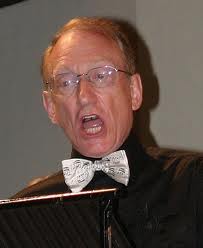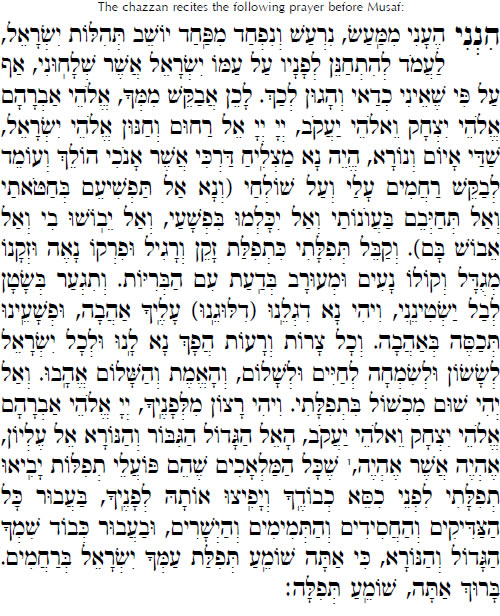
| Home | About ECA | Activities | Articles | Reviews | Newsletters | Photos | Latest news | Contact us |

On this Reviews page you can read reports of significant past ECA activity – the most recent at the top
- 2020 April: ECA 13th European Cantors Convention, Hannover, January 2020 (see Newsletter No 2 and this video review)
- 2019 September: ECA Academic Wing International Conference : Magnified and Sanctified 2 University of Music, Media and Dance, Hannover
- 2018 November: ECA 12th European Cantors Convention Prague : Herstik/Goldstein/Maissner
- 2015 August 25: ECA pre-Rosh Hashonah workshop for Cantors (report below).
- 2015 June 21-23: ECA 10th European Cantors Convention Street Lane Synagogue, Leeds - courtesy Minister/Cantor Alby Chait
- 2015 June 16-19: ECA Academic Wing International Conference Magnified and Sanctified the music of Jewish prayer, University of Leeds Summary here : full report here
- 2012 June 2012 - Manchester - 7th European Cantors Convention - full report here
-
 Rosh Hashanah Workshop 2015
Rosh Hashanah Workshop 2015
Report by Robert Brody
Workshop August 2015 organised by Minister /Cantor David Rome with supervision by
Cantor Stephen Robins
Devised and presented by David Rome and Maurice Minsky for the
European Cantors Association
Hosted by Cantor Steven Leas of Central Synagogue, London
On Tuesday August 25th, the European Cantors Association held a workshop at Central (Great Portland Street) Synagogue to review and discuss the chazzanut aspects and format of the Musaf service for Rosh Hashanah.
The event was attended by professional chazzanim, rabbis and semi professionals who conduct services.
Also present were observers from various branches of Judaism concerned with management of the services and with personal interest in the chazzan’s role and performance. It is pleasing to see that the ECA is an inclusive association in its support of tradition.
The format of the evening was for the panel of 15 participants (who had been allocated 10 minutes each) to discuss, explain and/or perform their allocated section of the service.
I must admit to having had my doubts about the venture before the event. Many of the panel held senior positions and had many years’ experience of conducting services. For those who might not have gained these skills, a workshop a mere couple of weeks before Rosh Hashanah could be of only limited benefit and could even have had a negative effect if the workshop exposed their inexperience.
However, my mind was completely changed as the evening progressed.
In my own case, the only Rosh Hashanah services I have heard over the last 50 years or so have been almost without exception conducted by myself. These have been based on training from my father Z”L who studied chazzanut professionally at Yeshiva, having followed his father’s lead. I have his manuscript book in his most beautiful hand writing as well as a series of cassette recordings of the whole services.
So, I was hugely encouraged to observe the unity of style and nusach (prayer modes) that were discussed and demonstrated at the workshop.
Deep relevance
The deep relevance of maintaining the traditional nusach was debated.
Whilst most of the participants were 100% behind this, existential problems in communities where this tradition has not been fully preserved have to be addressed and compromises accepted. Means have to be explored to keep the congregations engaged in the long services which may be burdensome by virtue of their length as well as the management of the services by the officiants.
Co-operation between the chazzan and rabbi is important, explanation of parts of the service, use of English for some of the service and an appreciation that there are problems to be dealt with all aid success.
Parts of the service were considered in more detail.
 Hinneni
Hinneni
‘Hinneni’ (הִנְנִי) was demonstrated and the variation in performance styles was of particular interest. The traditional machzor used in ‘Minhag Anglia’ has for many years been the Routledge, in which hinneni is not even printed.
This is because it is a paragraph recited only by the chazzan before Musaf. It is a plea to Hashem that his personal unworthiness be overlooked and may not detract from his effectiveness in standing to represent the community and pray on their behalf.
The various practices included the chazzan commencing humbly at the doorway of the shul and proceeding to the bimah whilst continuing the recitation. Another practice was for the chazzan to turn to the congregation and explain the paragraph before starting, standing throughout on the bimah.
It was felt that at that part of the service, following a sermon that the appropriate atmosphere needed to be established by a sincere performance from a central position. Others reported that the paragraph had added impetus if sung from a position in front of the Aron Hakodesh.
The evening was a welcome opportunity to meet colleagues in a social forum as well as having a useful and deeper study session in traditional chazzanut.
Thanks are due to ECA in general as well as the many individuals that were involved in setting it up and making it such a successful venture.
You can view a short clip of the proceedings here
Watch Chabad Chazan Aryeh Leib Hurwitz singing the ‘Hinneni’ prayer here
Page Last Updated : 17th February 2024
